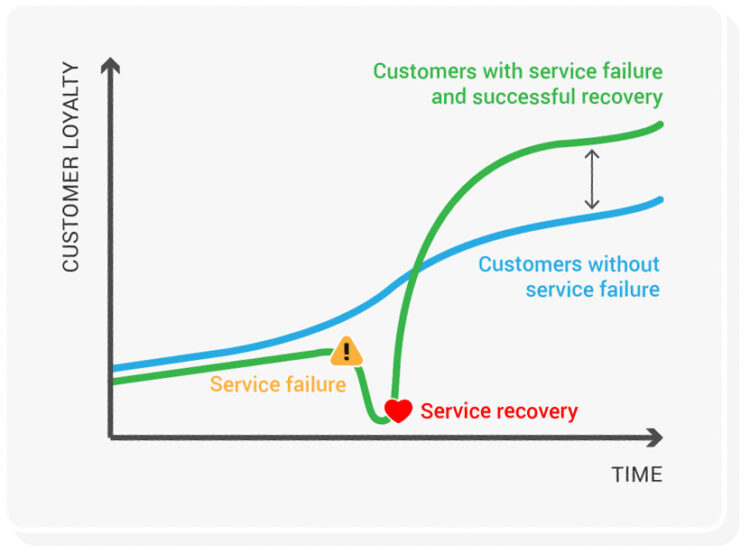While some companies aim to grow their customer base, the successful ones recognize the importance of increasing customer lifetime value. Loyal customers offer more value to your business‐generating over 10x more revenue. Customer lifetime value is an important concept to understand from a marketing standpoint. The cost of obtaining a customer and gaining that first sale is often much higher than the costs of maintaining the relationship with the customer.
Customer lifetime value (CLV) is a critical metric used to estimate the value of each customer you acquire. It validates whether you’re actually producing a profit. Several companies strive to increase customer lifetime value because they believe it’s a good indicator of business performance.… Read the rest





